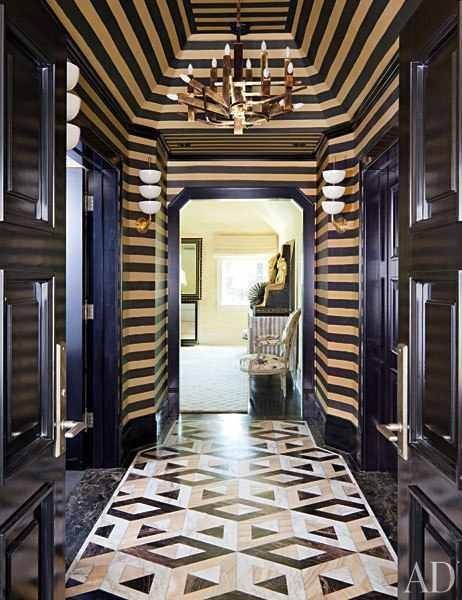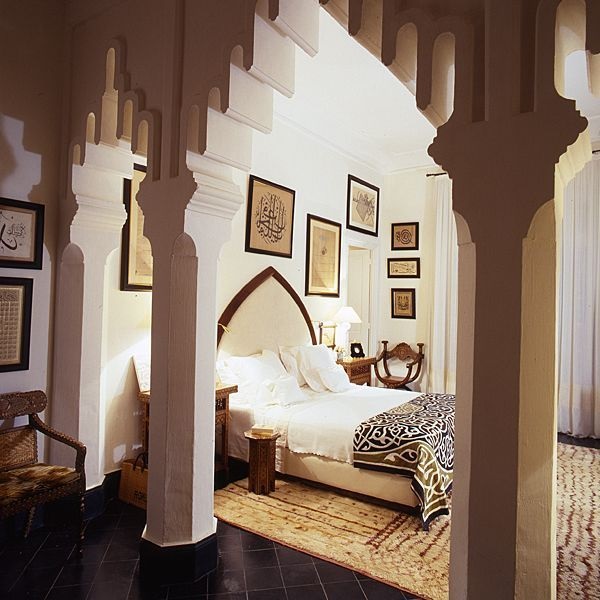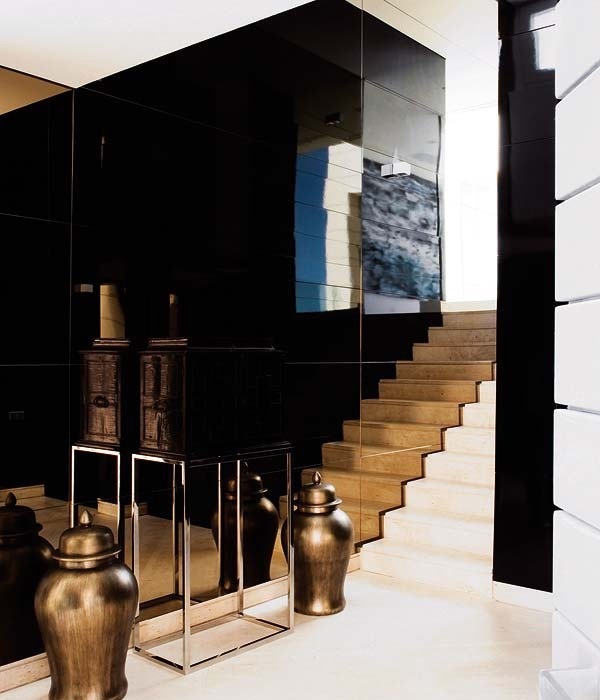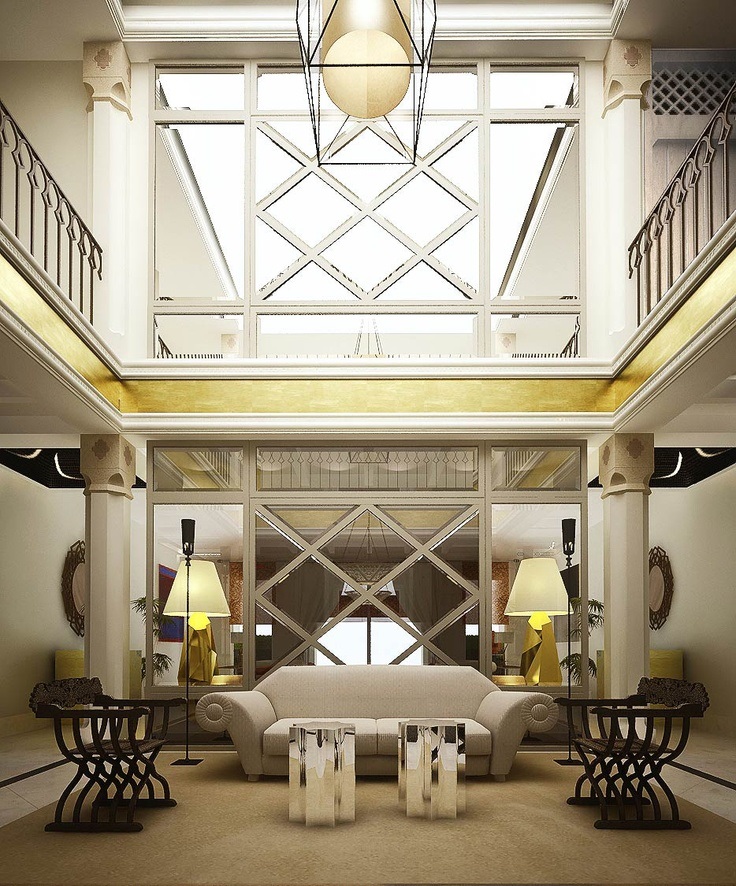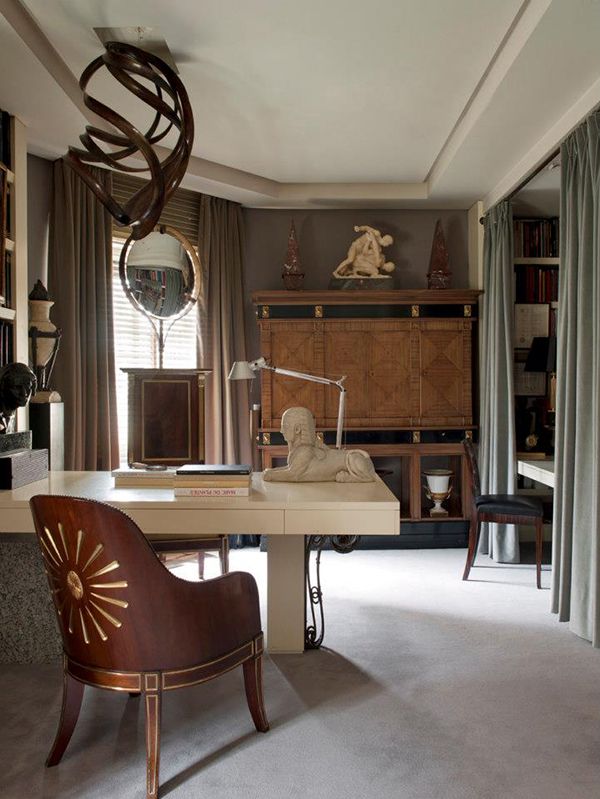Although there is a vast difference between the way the peasants and the wealthy furnished their spaces, burial rituals of Pharaohs, Queens, and other wealthy Egyptians have allowed artifacts to be extraordinarily well preserved and studied in museums worldwide.
Most ordinary Egyptian homes were sparsely furnished, and the furnishings they possessed were simple and functional, the most common being a three or four legged low stool. Due to wood being expensive, the lower classes had chests and baskets made of reeds to store their belongings. Tables were not normally used – people squatted on the floor using a wooden board to write on. Meal preparation was also done on the floor, and those who did not use the low stools sat on the ground atop reed mats and pillows. Beds were mattresses constructed of straw, wool, and reed mats.
It was a far different story for the nobility whose homes contained high quality pieces crafted by artisans. Although the stools were still utilized, they were much nicer with seats of animal skins, woven leather strips, or plant materials – some were painted and carved as well. This early culture even invented the folding stool, an example of which was found in the tomb of Tutankhamen.
Elaborate carvings with inlays of gold and ivory on other seating pieces were common amongst the royal families. Tables were used by the upper echelon for dining, gaming, and shrines. Storage chests used by the rich were very ornate – embellished with paintings or inlays depicting scenes.
Using stylized art forms from this civilization, artisans created magnificent paintings, wall murals, sculptures, and pottery –often depicting beliefs and offering a glimpse into the life that existed during this time in history.
Designers today still reference the styles used in Ancient Egypt, as their advanced culture continues to mesmerize even now.



